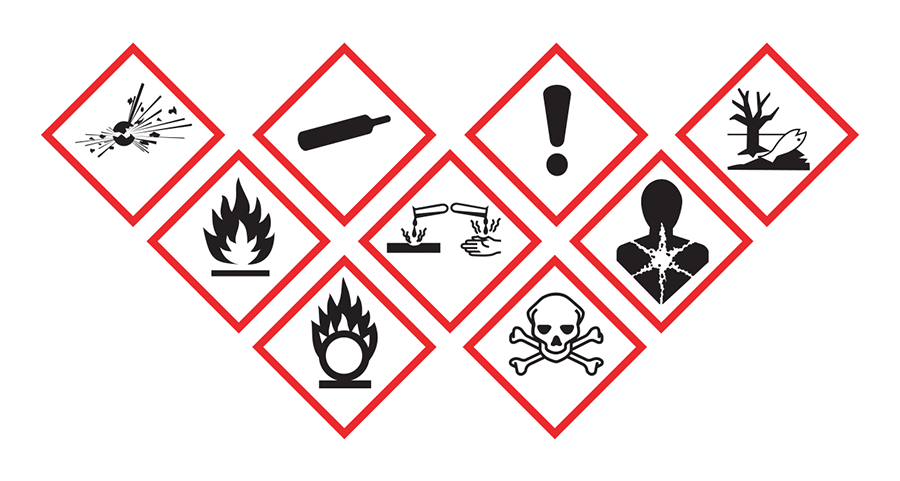-
Sale!
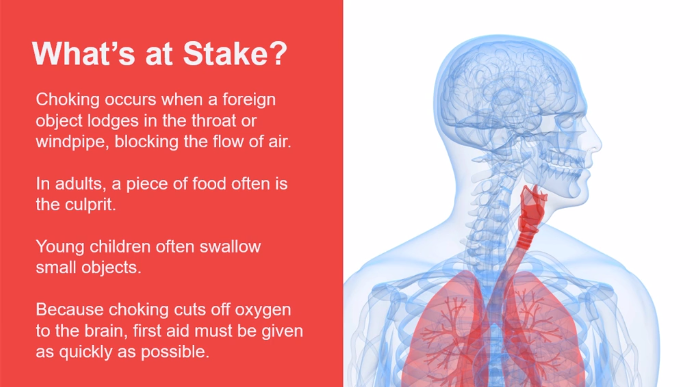
 In this quick course, you will learn first aid techniques for addressing your own and others' choking while on the job.
In this quick course, you will learn first aid techniques for addressing your own and others' choking while on the job. -
Sale!
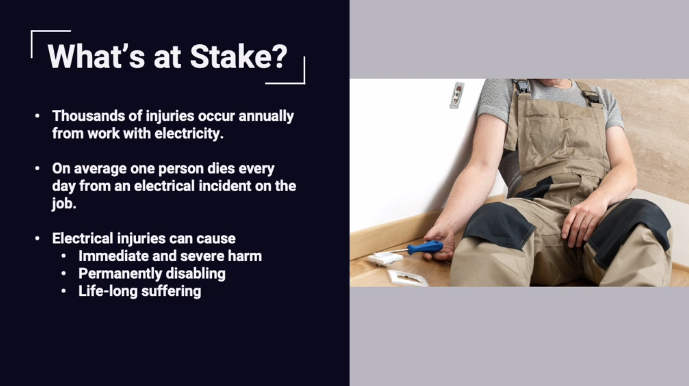
 In this quick course, you will learn about common electrical hazards and how to protect yourself and others against them while on the job.
In this quick course, you will learn about common electrical hazards and how to protect yourself and others against them while on the job. -
Sale!
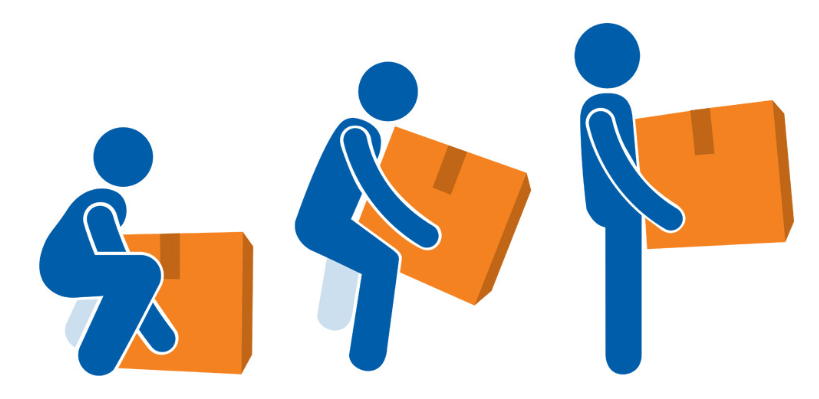
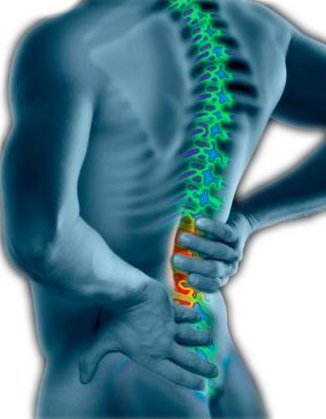
One of the most common health complaints around the world is back pain. Back pain hurts 80% of people during some point in their lives. The danger is higher for manufacturing, warehouse, hospitality and trades workers, and any other physically demanding job.
-
Sale!
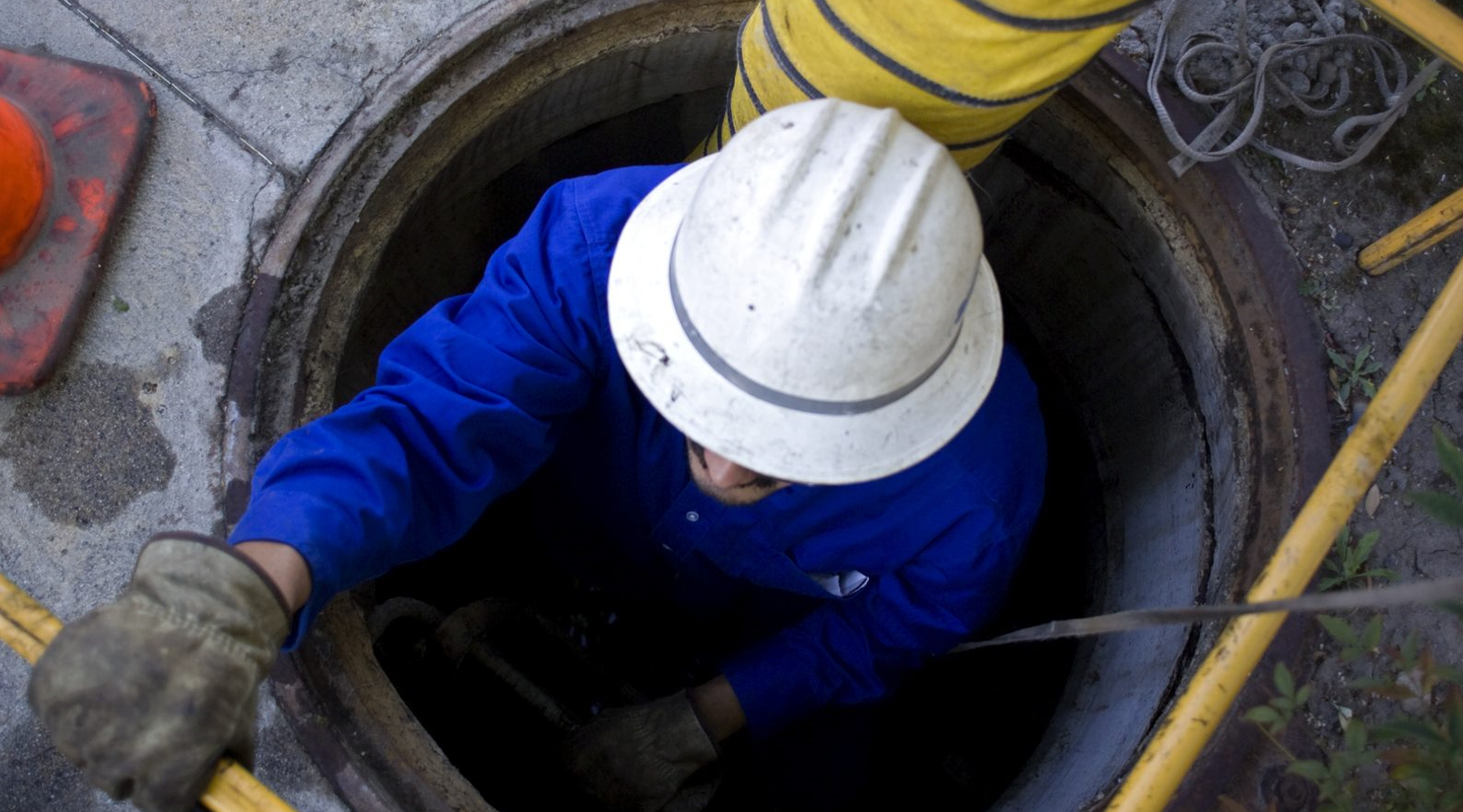 A confined space is large enough and configured in such a way that you can enter and perform assigned work. A confined space has a limited or restricted means of entrance or exit, and a configuration that can make first aid, rescue, evacuation, or other emergency response activities difficult.
A confined space is large enough and configured in such a way that you can enter and perform assigned work. A confined space has a limited or restricted means of entrance or exit, and a configuration that can make first aid, rescue, evacuation, or other emergency response activities difficult. -
Sale!
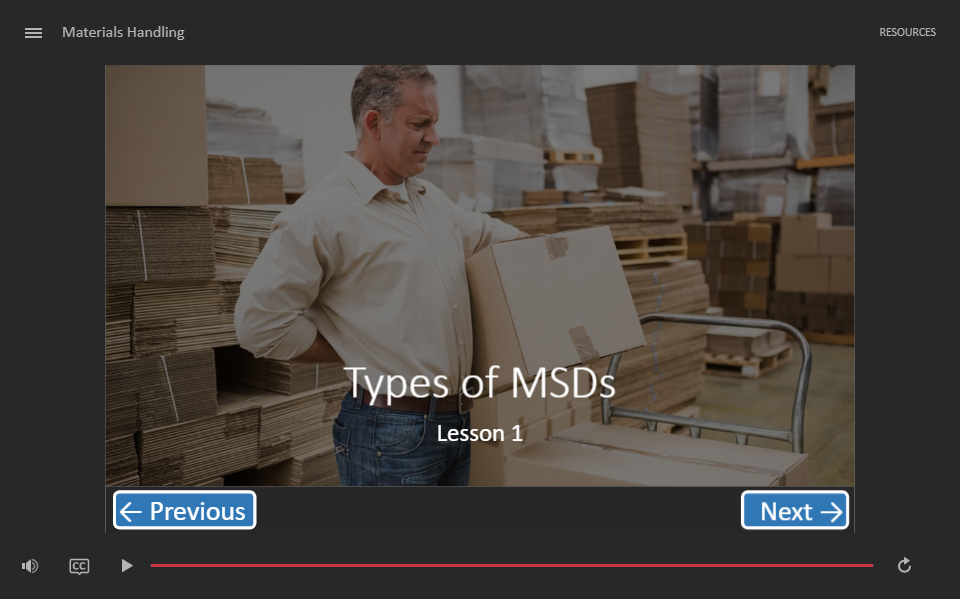
 This lesson will discuss techniques and methods that can be implemented in any workplace to reduce the risk of back pain. Materials handling is fundamental and can't be avoid, but with the proper skills it doesn't have to be a workplace hazard.
This lesson will discuss techniques and methods that can be implemented in any workplace to reduce the risk of back pain. Materials handling is fundamental and can't be avoid, but with the proper skills it doesn't have to be a workplace hazard. -
Sale!

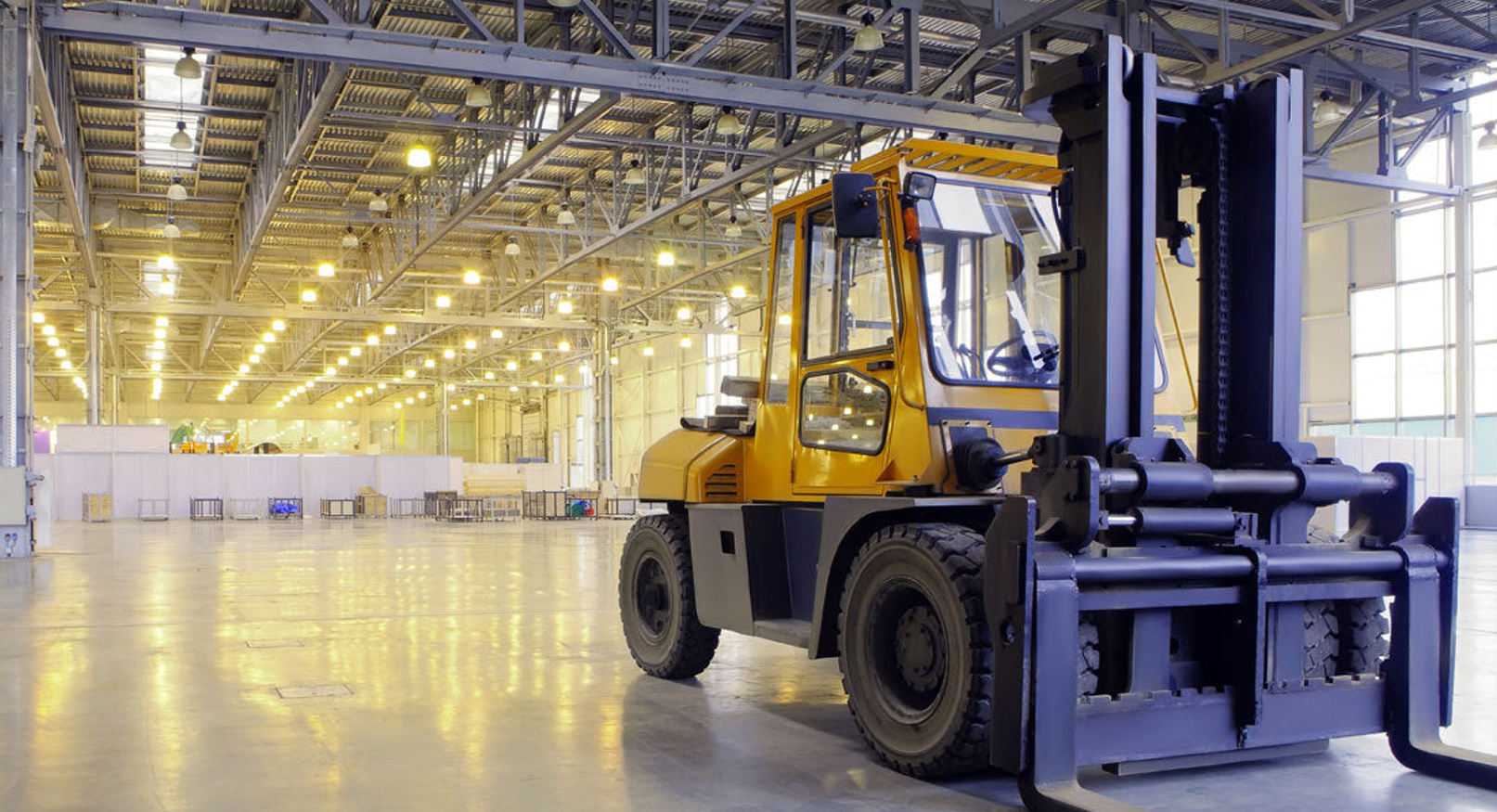 For safety professionals, work involving industrial trucks and similar vehicles presents issues of serious liability, and concerns that must be mitigated through workforce training and testing for competency.
For safety professionals, work involving industrial trucks and similar vehicles presents issues of serious liability, and concerns that must be mitigated through workforce training and testing for competency. -
Sale!

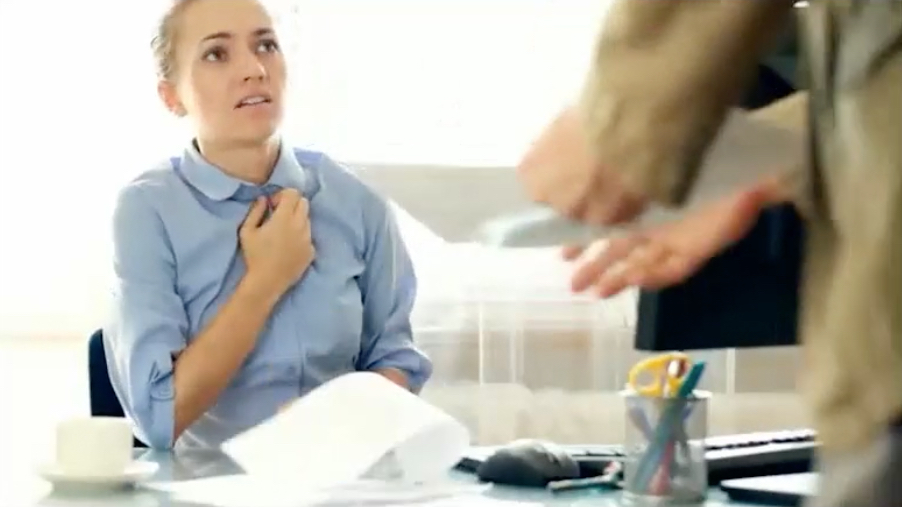 This course covers the two main types of sexual harassment – quid pro quo and hostile work environment, rights and responsibilities of employees and employers, how to recognize harassing behaviors, reporting harassment, and prevention strategies. It is geared towards employees.
This course covers the two main types of sexual harassment – quid pro quo and hostile work environment, rights and responsibilities of employees and employers, how to recognize harassing behaviors, reporting harassment, and prevention strategies. It is geared towards employees. -
Sale!

 The costs of substance abuse are high. Upon completion, the learner will be able to identify issues of substance abuse, signs and symptoms of substance abuse, best practices for internal reporting, and requirements for a Drug-Free Workplace program.
The costs of substance abuse are high. Upon completion, the learner will be able to identify issues of substance abuse, signs and symptoms of substance abuse, best practices for internal reporting, and requirements for a Drug-Free Workplace program. -
Sale!
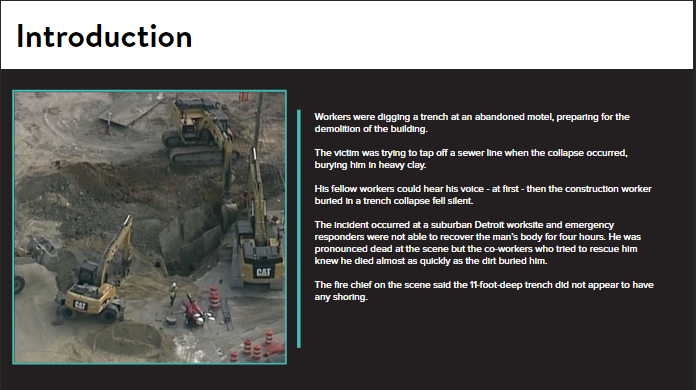
 Prior to any excavation, trenching, or shoring activities, you must take specific steps to setup the site to avoid the accidental disruption of utilities, and assure the stability of adjacent structures—you need to engineer some controls and take precautionary measures.
Prior to any excavation, trenching, or shoring activities, you must take specific steps to setup the site to avoid the accidental disruption of utilities, and assure the stability of adjacent structures—you need to engineer some controls and take precautionary measures. -
Sale!
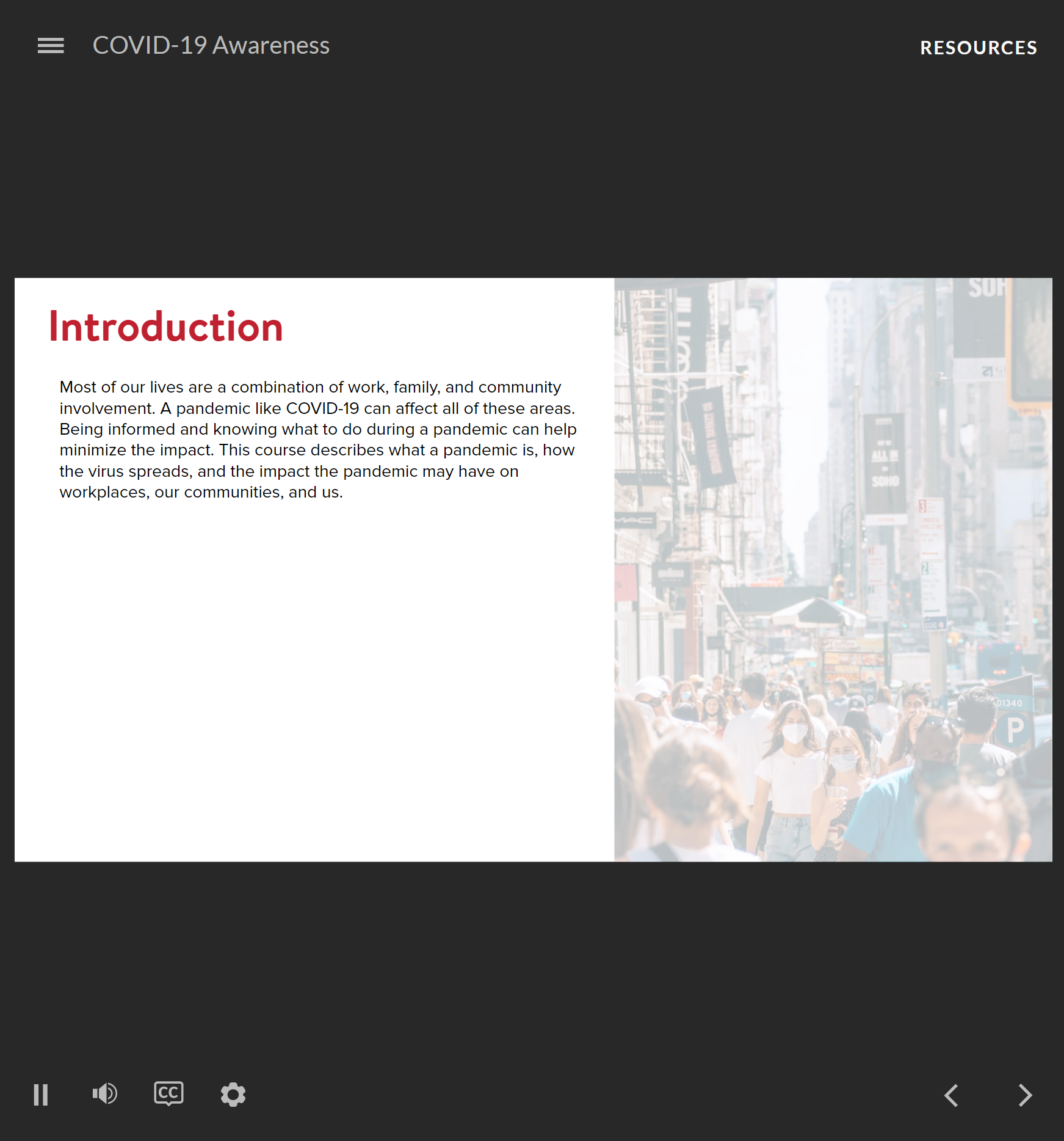
 The best way to prevent illness is to avoid being exposed to COVID-19. This course provides important methods for limiting exposure and the spread of the virus, like wearing masks and getting vaccinated.
The best way to prevent illness is to avoid being exposed to COVID-19. This course provides important methods for limiting exposure and the spread of the virus, like wearing masks and getting vaccinated. -
Sale!

 Computers do carry threats from a variety of sources, which can jeopardize the work you do and the content you create.
Computers do carry threats from a variety of sources, which can jeopardize the work you do and the content you create.

